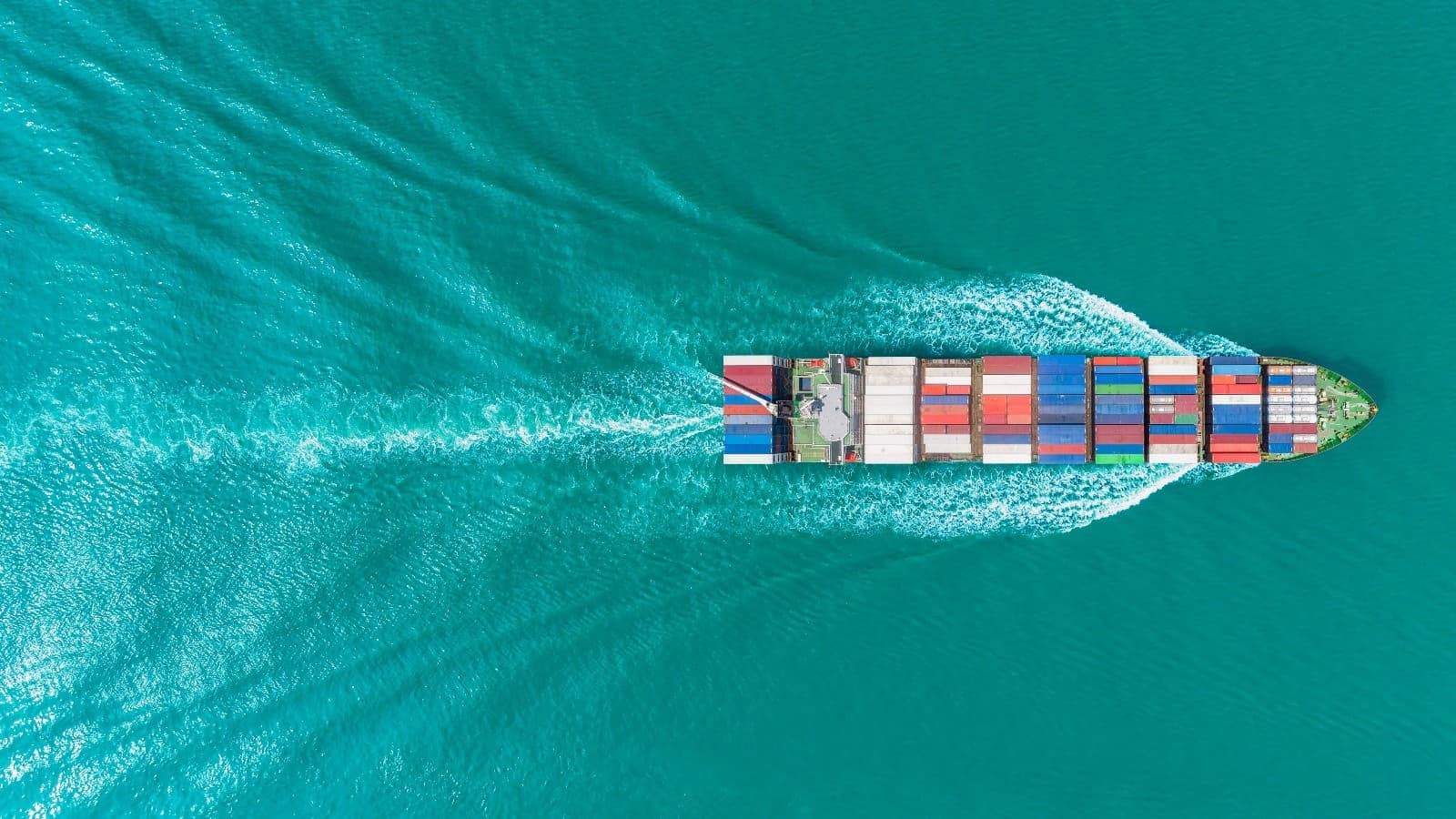The Trump Administration 'American First' Trade Policy has intensified with the highly anticipated imposition of broad-based country specific reciprocal tariffs, including a 10% tariff on Australian originating imports into the United States (US).
These proposed tariffs are the latest trade measures announced by the Trump Administration, seeking to protect US domestic industries, boost federal revenues, and reduce its US$1tn trade deficit.
In just over 10 weeks since taking office, the Trump Administration has imposed 20% duties on all imports from China, 25% duties on steel and aluminum and 25% levy on imported automobile and automotive parts.
The latest reciprocal tariffs under the Trump Administration’s 'Fair and Reciprocal Plan' are a response to the US concerns of 'longstanding imbalances in international trade' and perceived unfair trade practices by US trade partners including tariff and non-tariff barriers, with the US aiming to 'match' the tariffs that other countries impose on US goods. While this approach aims to address US trade imbalances, it has raised concerns about global economic stability, trade disruptions, and retaliatory measures from affected countries.
What are the latest measures?
The latest measures include additional tariffs of 10% on goods imported from all countries that will apply from 5 April 2025, however certain countries listed on Annex I to the Executive Order will be subject to higher additional tariff rates of between 11% to 50% from 9 April 2025. In particular:
- Australian and New Zealand-originating goods will be subject to the baseline additional tariff rate of 10%
- goods originating from China will be subject to an additional 34% tariffs, with the same rates being applied to good from Hong Kong and Macau to avoid the risk of transshipment and evasion
- European Union (EU) originating goods will be subject to an additional 20% tariffs, and
- the highest additional duty rates will apply to Lesotho (50%), Cambodia (49%) and Laos (48%).
The additional tariffs will only apply to the non-US content of the goods, provided that at least 20% of the value of the goods is US originating.
However, the additional rates of duty will not apply to the following
- goods in transit (e.g. have been loaded onto a container ship) before the operative dates of the additional tariffs even if they arrive in the US after this date
- articles subject to additional duties under previous Executive Orders, namely:
- articles and derivatives of steel and aluminum imported from all countries which are subject to 25% tariffs from 12 March 2025
- automobiles and automotive parts imported from all countries which are subject to 25% tariffs from 3 May 2025
- goods imported from Canada and Mexico which are subject to 25% tariffs from 4 March 2025, except for energy resources and potash imported from Canada which are subject to 10% tariffs from 7 March 2025. However, goods from Canada or Mexico that meet the requirements under the United States-Mexico-Canada Agreement (USMCA) can still enter under the US under preferential duty terms, and
- low value goods from China or Hong Kong (i.e. valued under US$800) which are either subject to 20% tariffs if they are imported as cargo into the US or 30% tariffs if they arrive via the postal system from 2 May 2025.
- certain donations for humanitarian purposes, informational materials (such as publications, photographs, CDs, tapes, artworks etc.) or accompanied baggage for personal use
- other goods outlined in Annex II to the Executive Order, including copper, pharmaceuticals, semiconductors, lumber articles and certain critical minerals, and energy and energy products;
- all goods imported from countries that the US does not maintain normal trade relations with, including Cuba, North Korea, Russia and Belarus
- goods that may become subject to additional tariffs under any future measures which may be enacted to combat national security concerns, and
- low value imported goods that currently qualify for duty-free treatment under the de minimis rules (i.e. goods valued under US$800) but excluding low value goods from China as outlined above.
What does this all mean for Australian businesses?
So where does this leave Australia? It’s complicated, but the story isn’t all bad.
While US tariffs on Australian goods will increase, they will remain equal to, or lower than, key competitors. Australian exporters will therefore have a greater relative advantage in niche or luxury markets which prefer imported goods to US domestic products. By way of example, Australian specialty cheese and wine will have a 10% lower tariff than French, Greek or Italian equivalents. Australian wagyu beef will enjoy a 14% lower tariff than Japanese wagyu.
Conversely, there may be reduced demand for Australian exports of primary or intermediate materials which are used in exports from countries such as China to the US. This indirect effect is estimated to be four times as large as the direct impact of tariffs on Australian goods themselves.
It should be noted that the Australian Prime Minister, Anthony Albanese, has confirmed (at least for the moment) that Australia will not impose retaliatory tariffs on US imports, so businesses which source from the US will not experience a direct impact. This is in line with the current Government’s economic modelling in the 2025-26 Federal Budget, which concludes that US tariff increases and global retaliatory tariffs would only result in a 0.2% change in Australian real GDP by 2030.
However, it is possible that other countries will respond differently, and Australia may benefit from retaliatory tariffs applied to US exports in certain markets like the EU.
Our earlier article on US tariffs sets out helpful list of challenges and opportunities which Australian businesses should seek to evaluate to gauge potential impact on their operations. Refer to the article for additional insights on factors such as:
cost of operations in the US to potentially increase
indirect impact through global supply chains
eCommerce shipments direct to US customers may slow and costs may increase
compliance burden and cost to increase
freight in a potential state of flux (again)
currency fluctuations, and
increased anti-dumping measures to protect domestic industries.
So, what should you be doing now…
Significant tariff changes of this magnitude will naturally require businesses to assess their trade profiles to determine the full impact of the measures, both on their direct and indirect product flows, additional costs to comply, and to understand what mitigation tactics and strategies could be implemented.
Evaluating the effects and determining the degree of changes needed by analysing the impact of tariff increases on purchases and sales will need to be undertaken. This will help to understand how your business model is affected and whether structural or value chain changes, such as altering manufacturing models or shifting sourcing, are necessary. This will also require a detailed understanding and analysis of your 'new' customs duty profile throughout your entire supply chain as a result of the measures to identify any potential to mitigate duty liabilities, for example, by reassessing origin, exploring customs valuation reduction strategies or utilising duty drawbacks (where available).
A more detailed summary of what Australian businesses can be doing now to fully assess the impact of President Trump’s tariff policy including potential strategies could be implemented can be found in our prior article.
Critically, where businesses are considering or undergoing potential business model reinvention, trade compliance and tax will now need to be at the epicentre of these decisions.
For example, PwC’s 2025 Global “Reframing Tax” Survey found that less than 43% of respondents felt that they were well-placed to handle rapid regulatory change. Further, 90% of respondents recognised they have a skills gap in their tax function. Given the latest tariff measures, now more than ever, customs and tax will have a key role to play in businesses’ strategic transformation decisions.
At PwC, we leverage our extensive expertise and experience in the customs and trade field to assist businesses in navigating the complexities of the evolving trade environment. Our dedicated team of trade professionals is adept at providing strategic insights and customised solutions to help companies assess and solve their important problems.
Contact us
Gary Dutton
Paul Cornick
Sarah Macchiavelli
Melissa Camilleri
Lara Jobling










